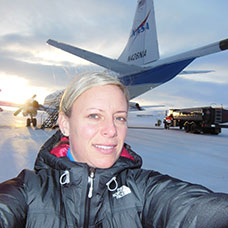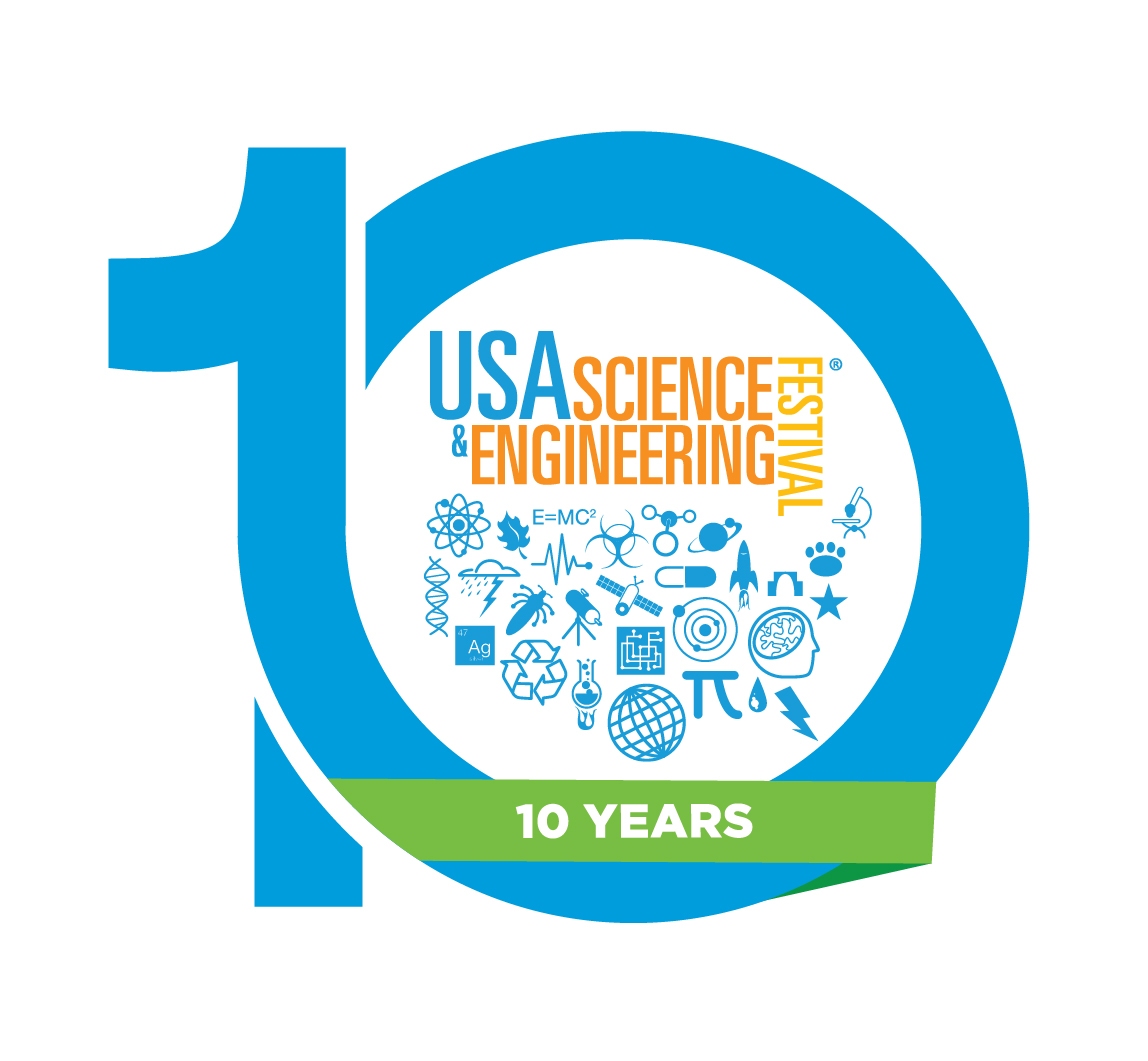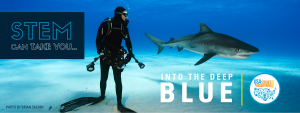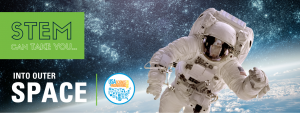Biography
Up For the Challenge: Scientist Christy Hansen Leads NASA´s Ambitious IceBridge Project in Antarctica
There is a certain photograph in the career of NASA scientist and project manager, Christy Hansen, that speaks volumes about the challenges of her work: In the picture, taken in 2013, she, bundled in clothing against the frigid cold, stands triumphantly in front of NASA´s P3 science laboratory aircraft in Antarctica on a desolate runway made of sea ice eight feet thick in depth.
Christy recalls the events leading up to the photo: “I had recently been named project manager of a new airborne science campaign at NASA called Operation IceBridge which NASA was conducting out of its Goddard Space Flight Center in Greenbelt, MD.” To advance the project, she was given direct responsibility by her boss at NASA headquarters to (against great odds) obtain approval from higher ups in the chain of command “that would allow us to get the P3- aircraft and our science team on the ice in Antarctica to begin collecting data on the changing ice conditions there. “If approved, it would represent the first-ever, full-up IceBridge deployment of scientists using the NASA P3 aircraft.” She not only obtained the approval that led to the successful completion of this objective, but she continued to lead the IceBridge mission for several more years in its mission to study ice sheets, glaciers, and sea ice in remote areas. She was known as a “force of nature” to her cryospheric sciences team members.
In this challenging effort, Christy — whose career at NASA has included serving at the Johnson Space Center as a certified astronaut instructor and flight controller, working on the space shuttle and the Hubble space telescope programs, and leading Goddard´s development of robotic procedures and real-time operations used to repair a simulated satellite payload on the international space station — is currently responsible for ensuring that project objectives for the broader scope of Goddard’s airborne science missions are met from planning stage, to field deployments, to product delivery. During IceBridge, her field work included mission deployments in the Arctic and Antarctic, with three deployments to Greenland, two deployments to Antarctica, one to the South Pole, and one trip to Punta Arenas, Chile, to support remote data collection over the Antarctic Peninsula.
“We do all of this in the name of science, collecting polar geophysical data that will help characterize the health of the Arctic and Antarctic,” Christy says. “The in-field data and derived data products IceBridge produces are helping to show annual changes in the ice. These data can be entered into models that can more accurately predict what might happen in the future in terms of ice sheet, glacier, and sea ice dynamics, and ultimately sea level rise; all of which have serious consequences for climate change.”
Christy, who earned her Bachelor´s of Science degree in Comprehensive Science with a minor in Physics from Villanova University and her Master´s of Science degree in Space Studies from the University of North Dakota, is also passionate about motivating others, especially young girls in science. Her advice to them: “Follow your dreams — I did! I admit, it is not always easy and I was scared at times, but I never let that stop me from pursuing my goals. Also, study what you love because this will give you the drive, passion and determination to do the things you love.”


































